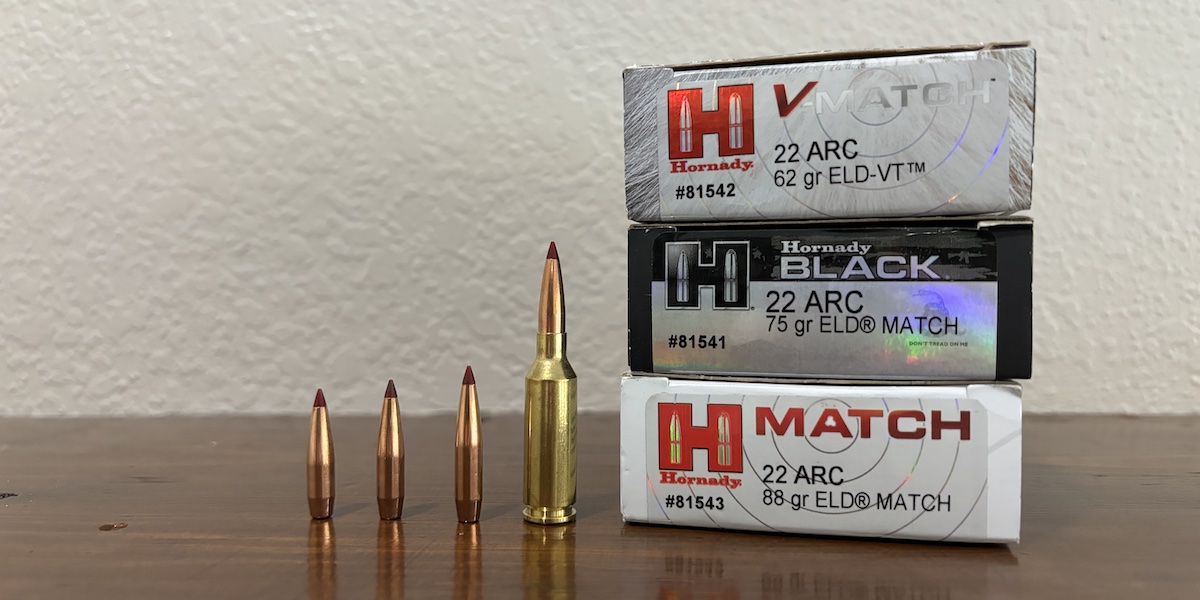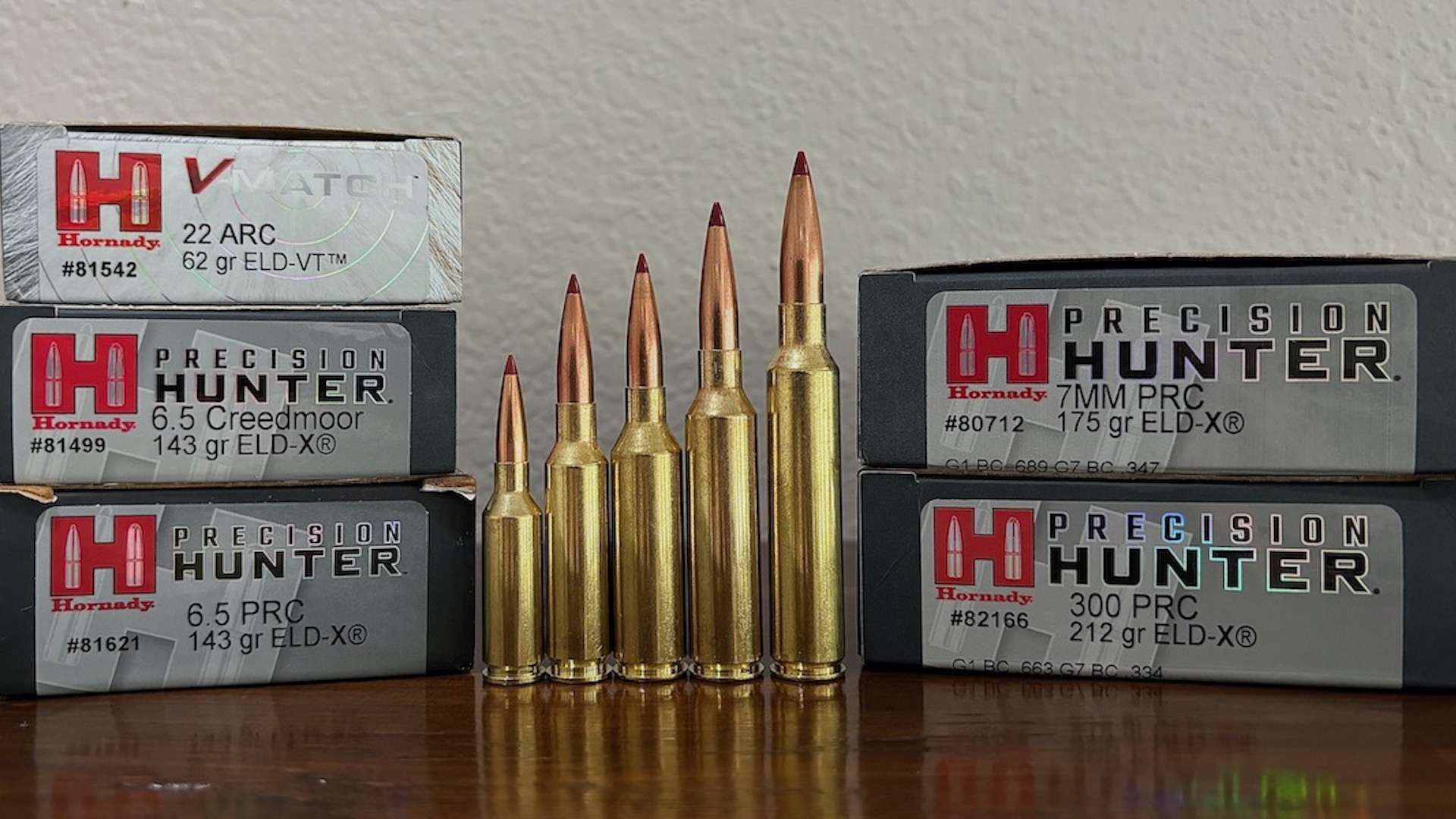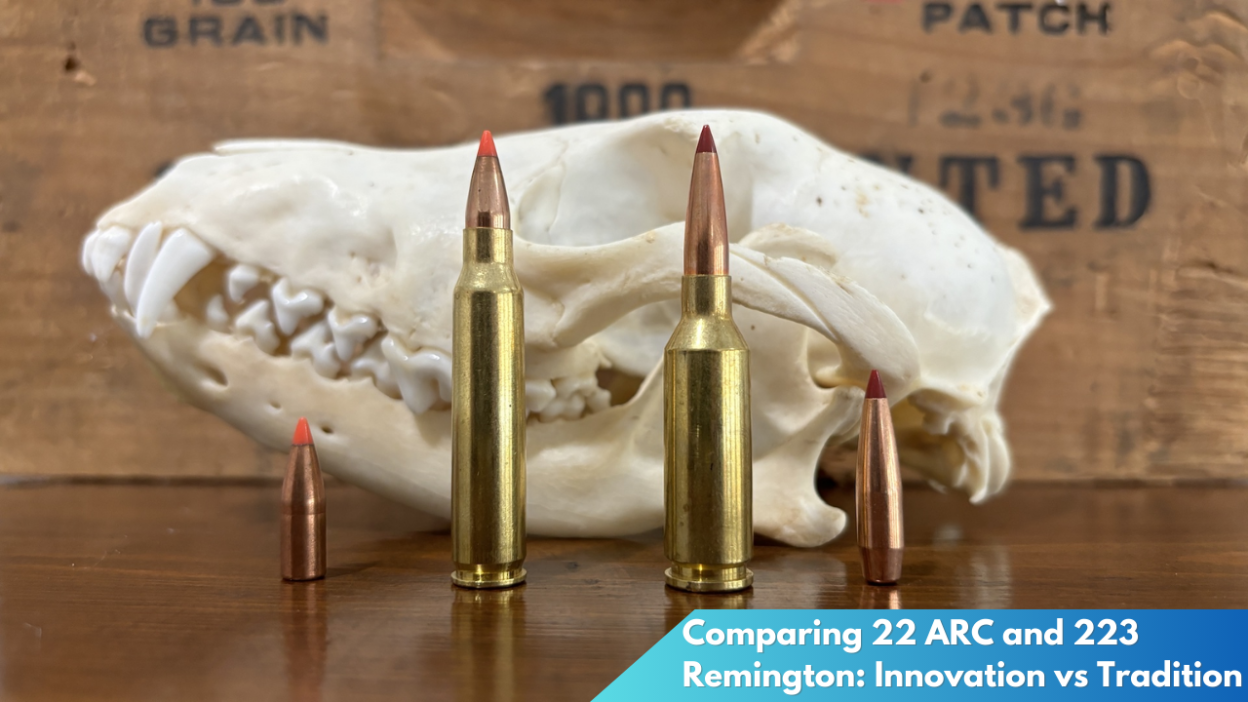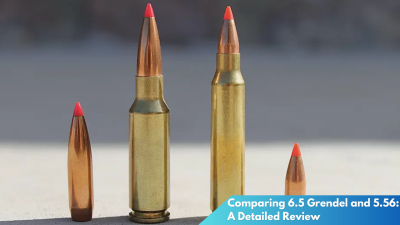The world of ammunition is constantly evolving, with new calibers appearing on the horizon, each promising to bring something unique to the table. Among these, the 22 ARC has emerged as a modern contender, stirring interest among shooting enthusiasts and professionals alike. Meanwhile, the venerable 223 Remington continues to be a steadfast favorite, its roots deeply embedded in shooting traditions. As these two calibers vie for attention, it’s crucial to understand their distinct qualities and what they offer to shooters. This article examines the innovation behind the 22 ARC and the longstanding reliability of the 223 Remington, culminating in a performance analysis to guide enthusiasts in their choice of ammunition.
22 ARC: A New Player in the Ammunition Market
The 22 ARC is the latest addition to the world of high-performance ammunition, introduced with the intent of providing shooters with an edge in both competitive and tactical scenarios. Engineered with precision and innovation at its core, the 22 ARC boasts a remarkable ballistic coefficient, enhancing its accuracy and effectiveness over long distances. This new cartridge aims to bridge the gap between traditional small caliber rounds and the needs of modern shooters, blending power and precision in a way that appeals to a wide range of shooting disciplines.
One of the key attractions of the 22 ARC is its versatility. Designed to excel in a variety of shooting activities, from long-range target shooting to hunting, it has quickly gained a reputation for reliability and performance. Its design incorporates advanced materials and cutting-edge technology, which together contribute to improved muzzle velocity and trajectory stability. This makes the 22 ARC particularly appealing to those who demand high performance in varied conditions, whether they are competing at the range or pursuing game in the field.
Despite its relative novelty, the 22 ARC has been met with enthusiasm by a community eager for innovation. It challenges the status quo of small-caliber ammunition, offering features that appeal to both new and seasoned shooters. As more firearms manufacturers begin to adopt chambering for this new round, the 22 ARC’s presence in the market is set to grow, potentially reshaping the landscape of competitive shooting and hunting alike.
223 Remington: A Staple of Shooting Tradition
The 223 Remington, on the other hand, stands as a hallmark of shooting tradition with a storied history that dates back to its inception in the early 1960s. Originally developed for military use, the 223 Remington quickly became a favorite among civilian shooters for its versatility and effectiveness. Its widespread adoption is largely due to its balance between power and recoil, making it accessible to both novice and experienced shooters.
Over the decades, the 223 Remington has secured its place in the shooting world through consistent performance in a range of applications. From target shooting and hunting to tactical scenarios, this caliber has proven to be adaptable and reliable. Its enduring popularity is a testament to its design’s longevity and effectiveness, with rifles chambered in 223 Remington being a common sight at ranges and in hunting expeditions across the globe.
As a staple caliber, the 223 Remington benefits from an extensive selection of ammunition types and rifle options, further cementing its status as a versatile choice for shooters. Its proven track record and widespread availability make it a go-to option for those who prefer the assurance of tradition and established performance. The familiarity and trust associated with the 223 Remington make it difficult to replace in the hearts of many shooting enthusiasts.
Performance and Versatility: Head-to-Head Analysis
When comparing the performance and versatility of the 22 ARC and the 223 Remington, it’s essential to consider the specific needs and preferences of the shooter. The 22 ARC, with its modern design and high ballistic coefficient, offers a significant advantage in long-distance accuracy and kinetic energy retention, appealing to those focused on precision shooting. Its design lends itself well to competitive scenarios where every fraction of accuracy counts, while still maintaining adequate performance for hunting.
In contrast, the 223 Remington provides a well-rounded performance that has been proven over decades of use. Its recoil is manageable, and its effective range suits a variety of needs, from mid-range hunting to tactical exercises. The cartridge’s widespread availability and the extensive variety of firearms chambered for it further enhance its appeal, especially for those who value tradition and reliability over cutting-edge innovation.
Ultimately, the choice between these two calibers depends on the individual’s priorities. The 22 ARC is ideal for shooters seeking modern innovation and superior ballistic performance, while the 223 Remington remains a steadfast choice for those who appreciate tradition and proven effectiveness. Each caliber offers distinct advantages, allowing shooters to select according to their specific requirements and preferences.
In the clash of innovation versus tradition, both the 22 ARC and the 223 Remington present compelling cases. The 22 ARC introduces new possibilities with its emphasis on precision and modern design, promising to redefine expectations in certain shooting circles. Meanwhile, the 223 Remington continues to be a reliable workhorse, its legacy built on decades of trusted service. As shooters weigh their options, they’ll find that the decision ultimately hinges on their personal shooting goals and the qualities they value most in ammunition. Both calibers have their rightful place in the shooting world, each contributing uniquely to the evolving landscape of firearms and ammunition.



